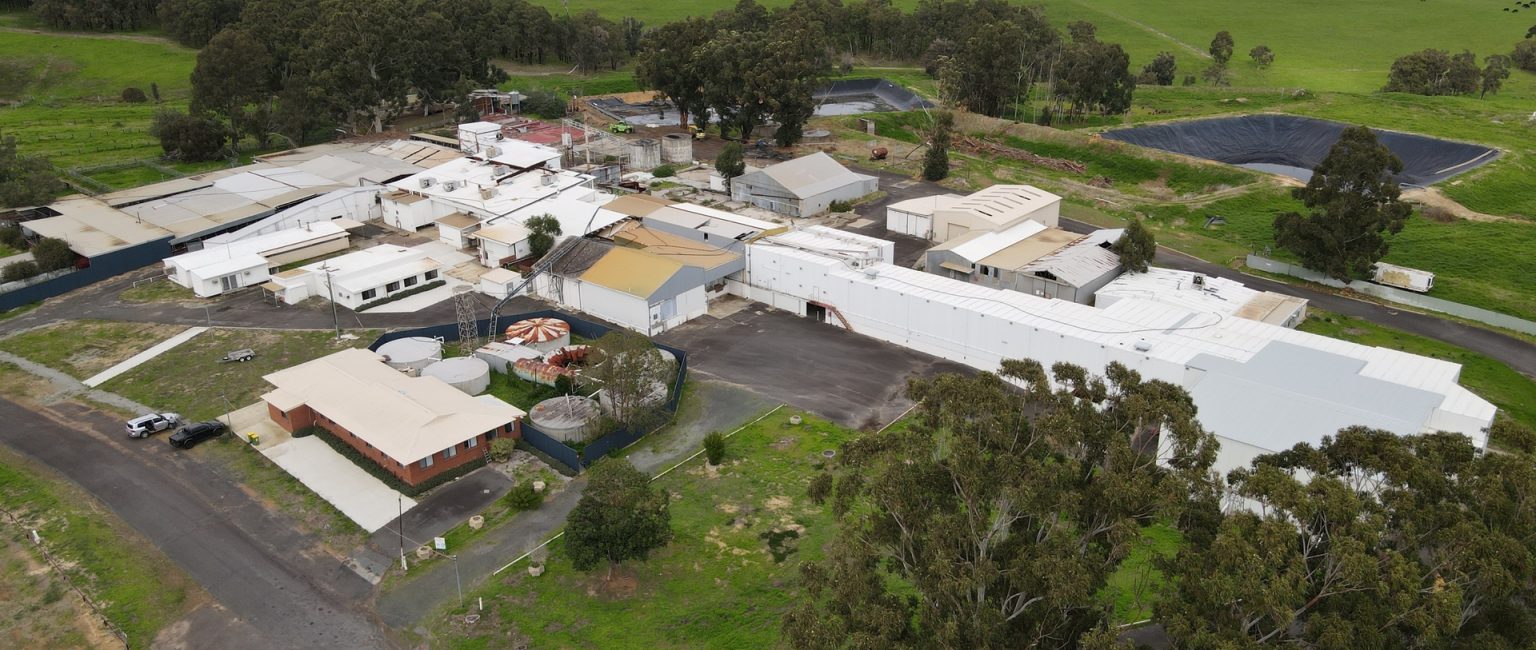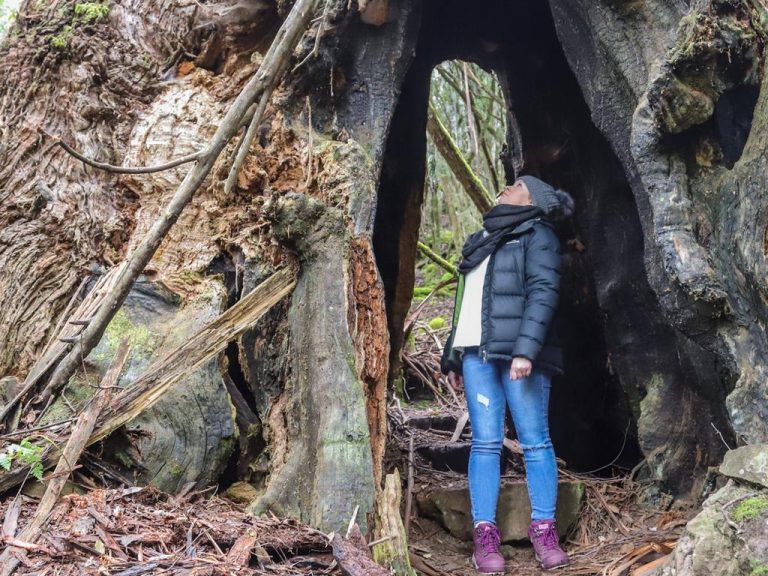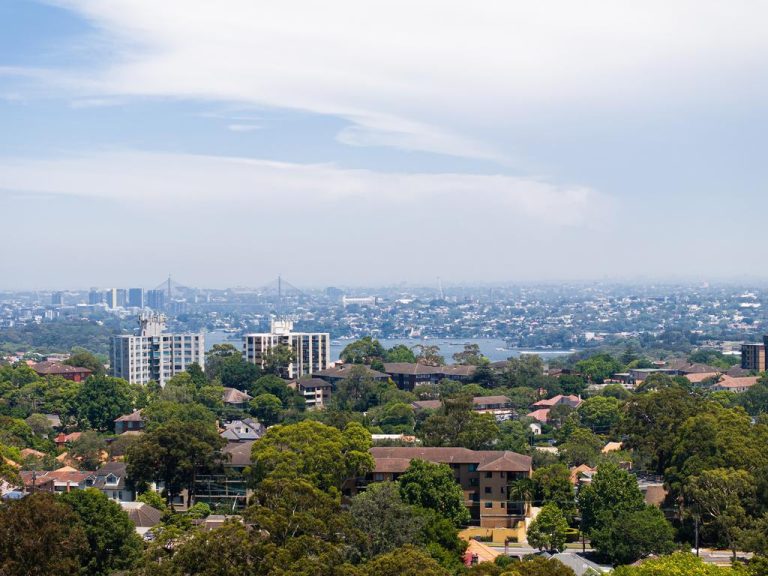Abattoir once owned by Gina Rinehart for sale after sitting empty for years

A defunct abattoir in Western Australia formerly owned by Gina Rinehart is back on the market, with the cash needed to get the facility working again too much for the current owner.
Waroona abattoir in Wagerup, nearly 120km south of Perth, was once one of the biggest export abattoirs in the state but it hasn’t been used since its closure in 2009 amid the economic downturn.
Now it’s on the market with Phil Melville at CBRE who’s managing an open-ended expressions of interest campaign.
Just a few weeks in, Mr Melville said he’s “pretty confident it’s going to sell”.
“The level of enquiry and the quality of enquiry has been good.”

The current owners have made some improvements to the facility, but more investment is needed. Picture: realcommercial.com.au/for-sale
He said there has been local and international interest, including established operators as well as meat suppliers not directly involved in processing.
The abattoir has Department of Water and Environmental Regulation approval to process 83,500 tonnes of livestock per year, or 500 cattle and 2,500 sheep each day.
The facility has new water supply infrastructure and access to new dams, freezing capacity of 150 tonnes including a four-tower plate freezer, five chillers, a batching plant, a spacious and well-equipped slaughter floor and modern offices.
Investment needed to open abattoir
Formerly known as Clover Meats, the dormant plant was purchased in 2014 by Gina Rinehart’s company Hancock Prospecting as part of a $40 million deal with Milne Agrigroup that also included Liveringa and Nerrima cattle stations in the West Kimberley.
Ms Rinehart cited confidence in Australian food exports as her reason behind the purchases, but Waroona remained unused.
In 2018 an Iranian businessman bought the abattoir from Ms Rinehart for $1.4 million. His company Prime Meat Co exports chilled WA lamb and mutton to the Middle East and he wanted his own abattoir to secure the process.
His business partner Jan, who declined to give her surname, said while they’ve spent some money to improve the infrastructure, they need significantly more to upgrade it sufficiently to secure new operating licences.

The expressions of interest campaign comes as abattoirs are struggling with high livestock prices that are tightening margins. Picture: realcommercial.com.au/for-sale
Prime Meat Co is keen to sell the plant for the right price or attract an investor for a joint venture to provide the capital required to make the plant operational again.
“It’s a major investment. We just want to know what’s in the market and what sort of potential investors might be interested.”
The amount of capital needed depends on what the new owner wants to do with the facility, whether it will be used for the domestic or export market, whether it will be used just for boning or also for slaughter, which will require additional licences.
Abattoirs ‘not often’ for sale
Australian Meat Industry Council CEO Patrick Hutchinson said abattoirs get mothballed from time to time for reasons including liquidity, supply constraints and availability of workforce.
It’s “not often” that you see abattoirs for sale and there is certainly interest in purchasing them, he said.
Buyers typically range from asset investors to other meat industry groups and local consortiums made up of farmers, he added.
“It all depends on the facility’s size and can depend on the markets a processing facility is licensed to go to.”
PropTrack economist Anne Flaherty said commercial property investors looking for recession-proof assets were showing willingness to diversify at present.
“I think with an abattoir, you’re going to get a really diverse range of potential buyers from just a straight investor to someone within that industry.”
Challenging time for abattoirs
It’s not an easy time for abattoirs, with high prices for livestock squeezing margins.
The short-term outlook isn’t positive. According to Rural Bank’s Insights October 2022 report, slaughter rates are on the decline, with the wet seasonable outlook encouraging farmers to retain and rebuild their stock. This is likely to push cattle prices still higher and reduce export volumes, the report said.
“Exports will also be met by weakened demand. A contributor to weaker demand is the impact of China’s continued lockdowns. In addition, competition from the US has increased in key export markets,” the report added.

Waroona abattoir is available for immediate sale via expressions of interest. Picture: realcommercial.com.au/for-sale
But Mr Hutchinson said livestock availability would likely improve.
“This short supply could be alleviated over the next three years as the stock rebuild continues after the last drought on the east coast.”
The other big challenge currently impacting abattoirs is workforce availability, but Mr Melville said this wasn’t a problem for Waroona.
“It’s got the labour force in close proximity. Plus it’s a proven beef supply region and is close to domestic markets.”
He added that disruptions to supply chains around the world and the need for food security was giving abattoirs greater importance.
“There are parties that want more direct access to the processing of their product,” he said.







